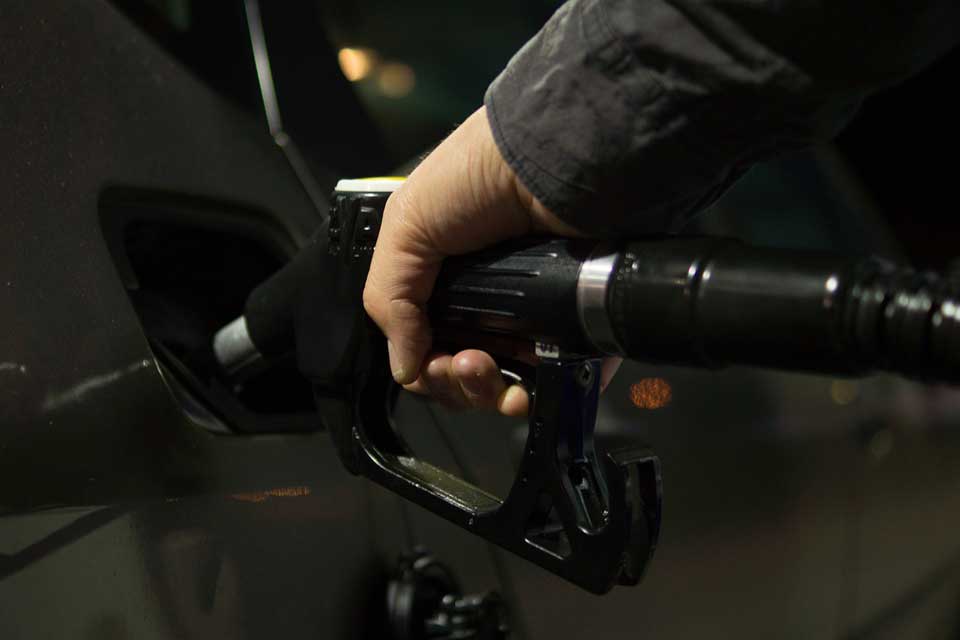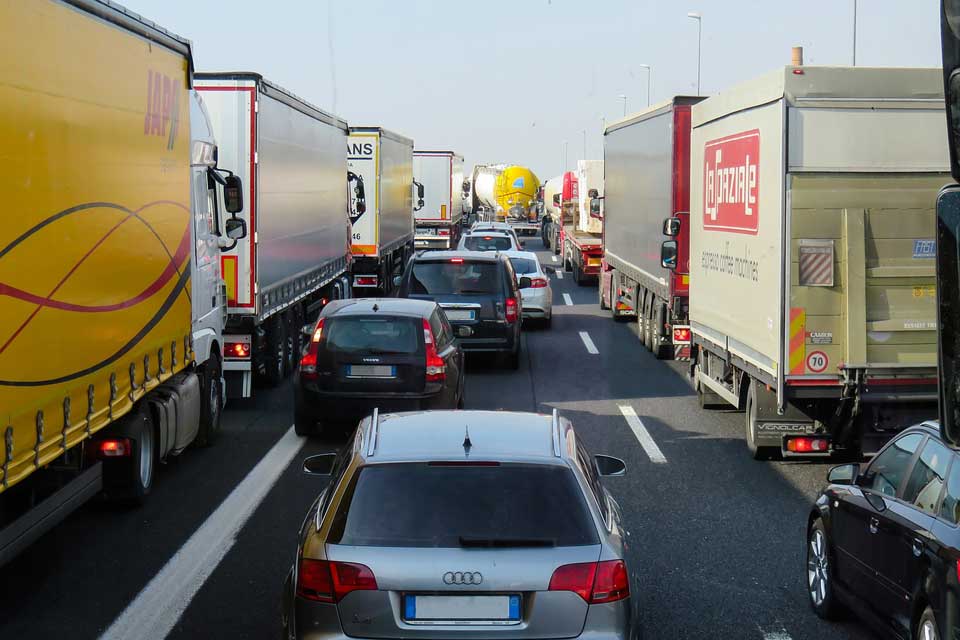2020 is ‘make or break’ for diesel

2020 could turn out to be a “make or break” year for diesel – with the fuel facing further demonisation just as new emissions standards delivering real benefits become more widely available. Peter Golding, managing director at fleet management software specialist FleetCheck, said: “We seem to have arrived at a point in time where, in terms of public perception, […]
SEAT’s e-Scooter plans look to slash running costs

Spanish motoring firm SEAT has unveiled its first e-Scooter concept in response to the growing demand for zero emissions, with the vehicle producing running costs of just £1 per week for the average motorcyclist. The e-Scooter was unveiled in Barcelona in a partnership with Silence, and will enter full production next year. Power is from […]
How can fleets help cut greenhouse gas emissions to zero?

The UK government has an ambition to, by the year 2050, reduce its greenhouse gas emissions to zero. If this target is met then it could see the UK hailed as the globe’s cleanest country. As of October 2018, around 500 million tonnes of CO2 were being emitted throughout the nation on an annual basis. Guidance […]
NIC: ‘Ban new diesel HGV sales by 2040’

Ministers should ban the sale of new diesel HGV lorries by no later than 2040, according to a new report by the National Infrastructure Commission (NIC). The development of hydrogen and battery HGVs is already well advanced and vehicles are expected to be commercially available in the early 2020s. Sir John Armitt, the Commission chairman, said the […]
More funds made available for cleaner buses

A further £25 million is to be committed by the government to the Clean Bus Technology Fund, a project launched in 2017 to upgrade buses with technology reducing nitrogen dioxide emissions in areas of poor air quality. 14 local authorities have been chosen by the government for the cash boost, following on from last year’s […]
More clean air zones and EVs required, says PHE

Public Health England (PHE) has outlined actions to improve outdoor air quality and health, including a call for more EVs and additional clean air zones in town and cities. PHE was commissioned by the Department of Health and Social Care (DHSC) to review the evidence for effective air quality interventions, and provide practical recommendations for […]
New low emissions buses as part of £48m investment

Communities across the UK stand to benefit from greener journeys with the introduction of 263 new low emission buses on certain routes. A £48 million investment from the Office for Low Emission Vehicles will fund green vehicles and infrastructure to drive forward government plans to clean up the air in towns and cities. Speaking at […]
Concerns raised over Leeds Clean Air Zone charging plans

Many commercial vehicle operators will not have enough time or money to upgrade their fleets for the introduction of the new Leeds Clean Air Zone (CAZ) arriving in January 2020. The British Vehicle Rental & Leasing Association (BVRLA) issued the warning as Leeds City Council became the first authority to have its charging CAZ plans […]


